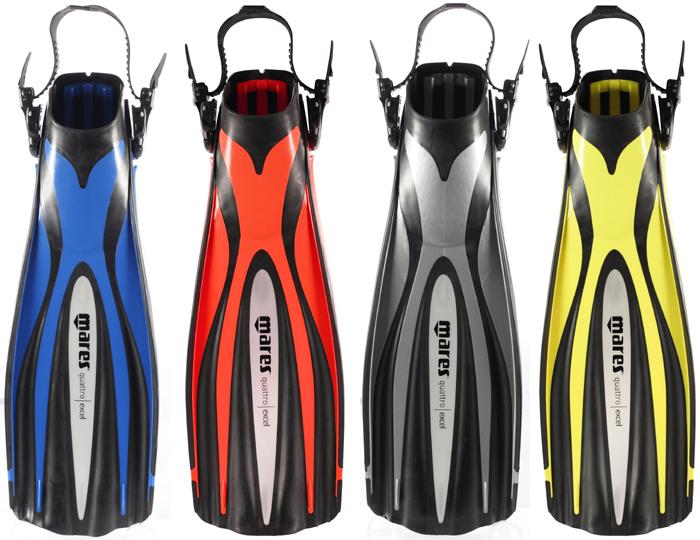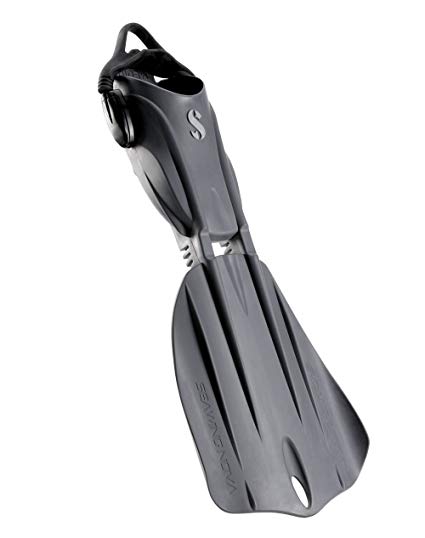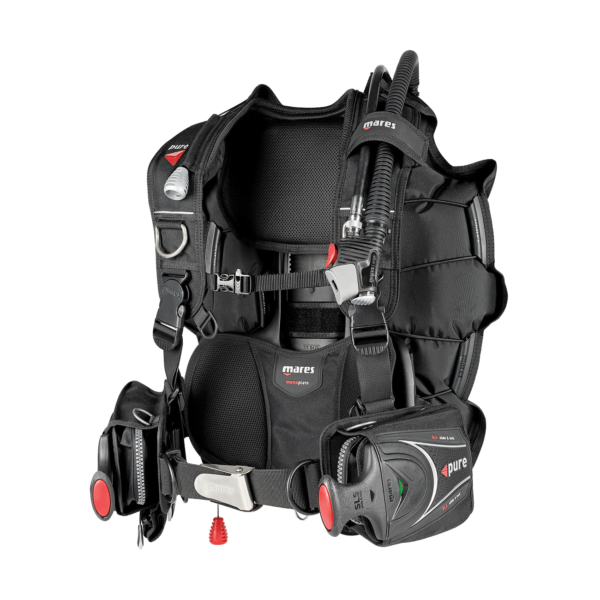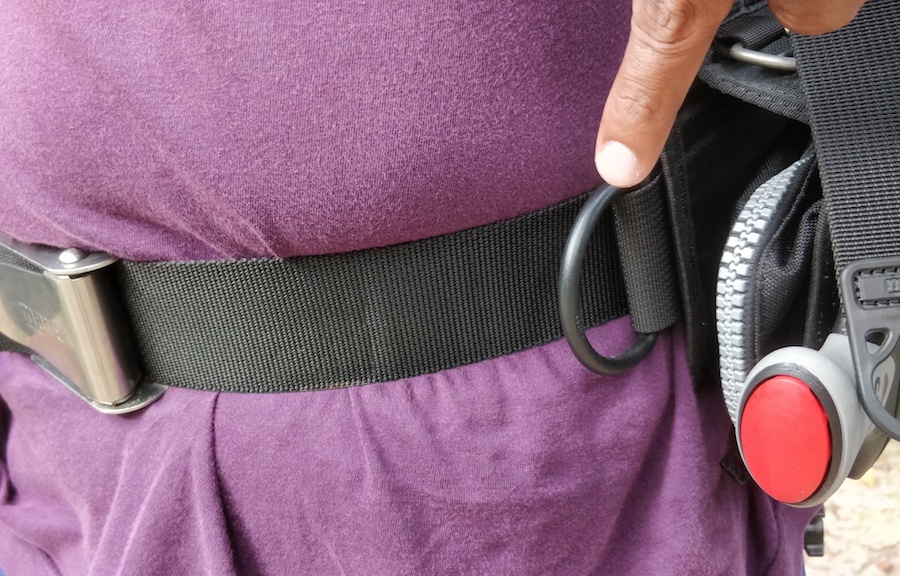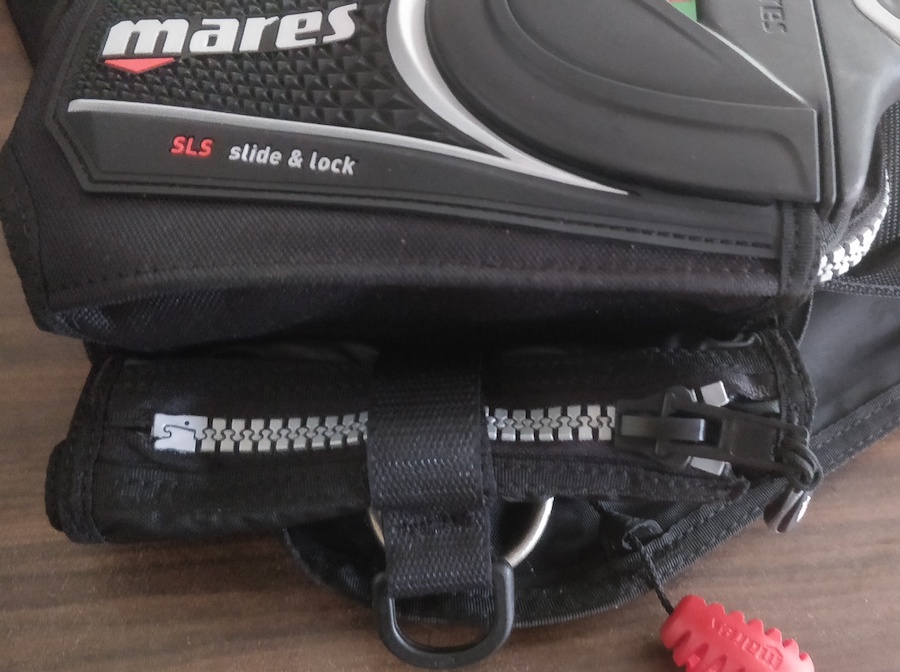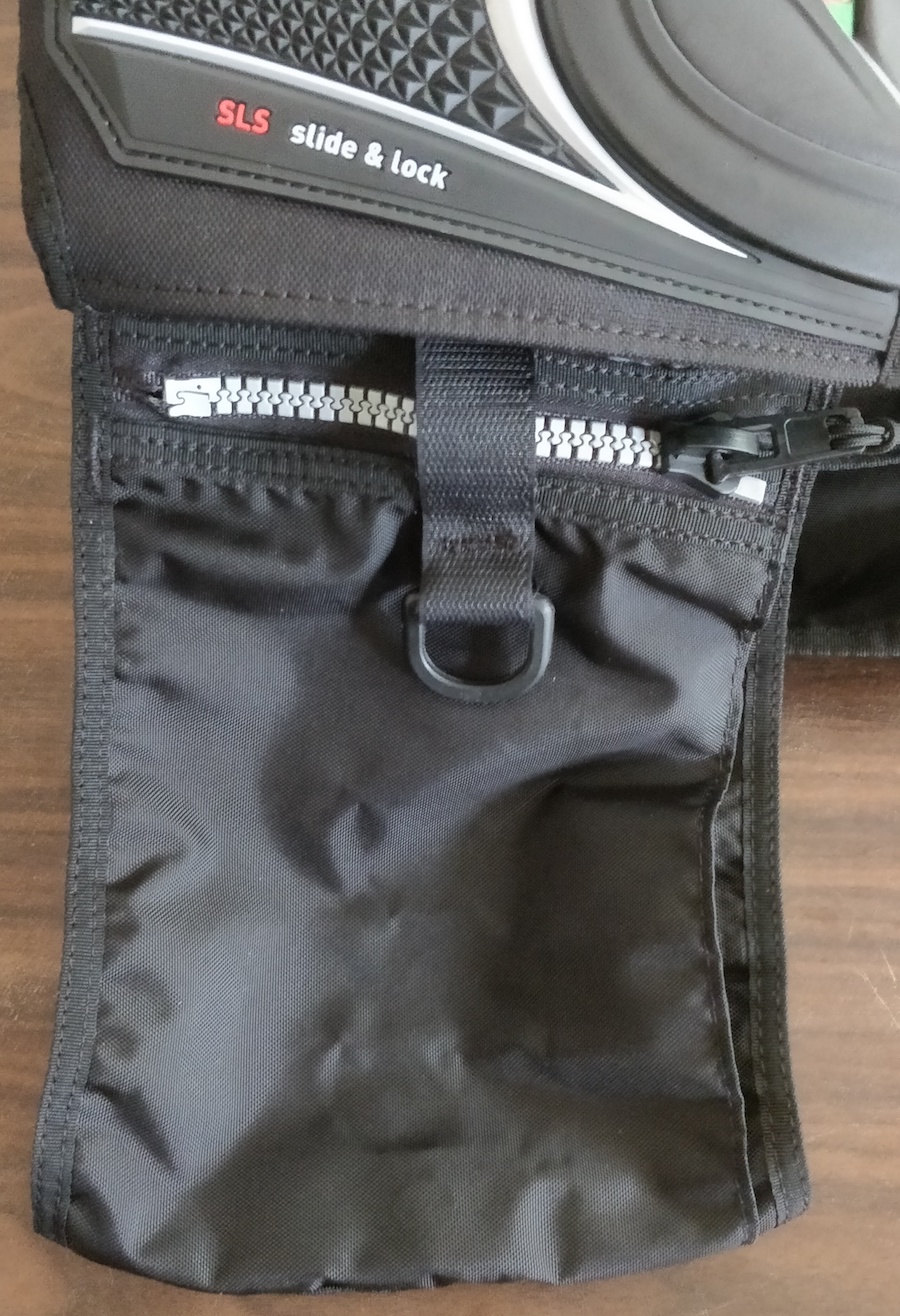The second thing that took me aback was the trim. My legs tends to be very prone to sinking and i generally need to move some weight closer to my shoulders to counter this. Given what i wrote earlier about the trim pockets being inline with the weight system, I was expecting it to be hard to achieve neutral trim.
But right away, off the bat, it felt as though this BCD has been designed specifically for me. I got in the water, i turned to a horizontal position… and i stayed there. Again, getting this with a new BCD is something that usually takes me a few dives to get right and often involves doing things like adding 1kg to the tank band. But not here. Right away… NAILED IT!
I have to admit, I did not expect that. I am very, very finicky about my trim and this is the best level of fit and trim I have gotten from a regular recreational BCD, ever. And truth be told, I still don’t understand how I managed it with trim pockets around my waist when i struggle to do so with trim pockets around my shoulders. I can only guess that Mares has taken the overall trim of their BCD into account when deciding where to put the pockets. While I obviously cannot speak for everyone, I’d venture to guess that if it works for me with my absurdly bottom-heavy natural trim, it should work well for most people.
From an operational and ergonomics point of view, the BCD worked as expected – the inflator hose, the emergency releases, the quick release clips: all did their job as expected from a BCD in this category. The buckle-based weight belt was was an improvement over other BCDs, as described earlier.
Deploying the storage pocket was also much easier than on a jacket-style BCD. In most regular BCDs, the storage pocket is around your ribs and the zipper is just under your armpits – with even a moderately-thick wetsuit, it is very difficult to reach and operate this zipper. The zipper for the storage pocket on the Mares was around the hips and so very easy to deploy. Big win for ergonomics.
Lastly, we come to the weight pockets. Here, my response is a little mixed. When i first used the BCD, I didn’t realize Mares had a special locking mechanism (what? RTFM? We don’t RTFM and we don’t stop to ask for directions either). So i pulled out both the weight pockets to test the release tension and slipped them back in when i was done – at which point, they promptly fell out as soon as i let go, causing a few seconds of entertaining acrobatics while i retrieve them. Doh. It took a lot of futzing around before i managed to replace them securely.
Once i came back to shore and had a chance to examine the mechanism, it made a little more sense and I got the hang of it after a couple of tries. That said, I am still somewhat ambivalent about this.
Many dive manufacturers, including Mares, have at times made pointlessly complicated stuff that, while well-engineered, tries to provide solutions to problems no one really has (anyone remember the Mares Hub?). This system is definitely a little more complicated to replace – and while it may give a clear positive indicator when done right, it is also prone to being done wrong if you are not careful. Is it really needed?
On the other hand, I have to admit – my opinion is clouded by the fact that I show weight belt and integrated weight removal/replacement on a regular basis while teaching. I have decades of muscle memory built up on how to do this, and changing that is something that i dont like to do without good reason (and Frodo also hates moving from his particular spot under the fan and will bark if I leave something there that prevents him from doing so. Hmmm).
However, for someone who doesnt have that pre-existing muscle memory, who will not be ditching/donning weights on a regular basis, this may not be a bad idea. There is one extra step when you attach the weights to the BCD, that’s about it – and if that step reduces the risk of the weights falling out by accident, that’s not a big deal.
Besides, if this weight system bothers you, you can always get rid of it and replace it with an aftermarket, more-traditional integrated weight system, such as the one used by Halcyon. It’s a fairly minor issue, really – I don’t see it being that much of a bother to anyone.
